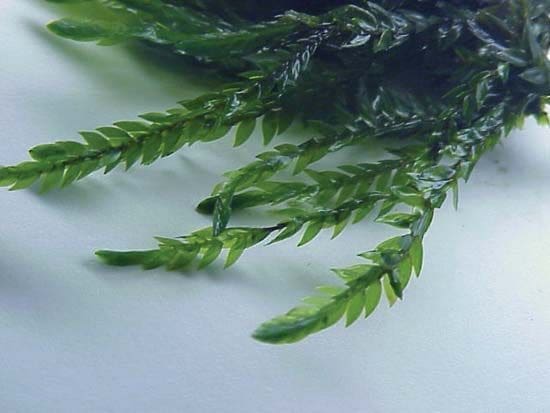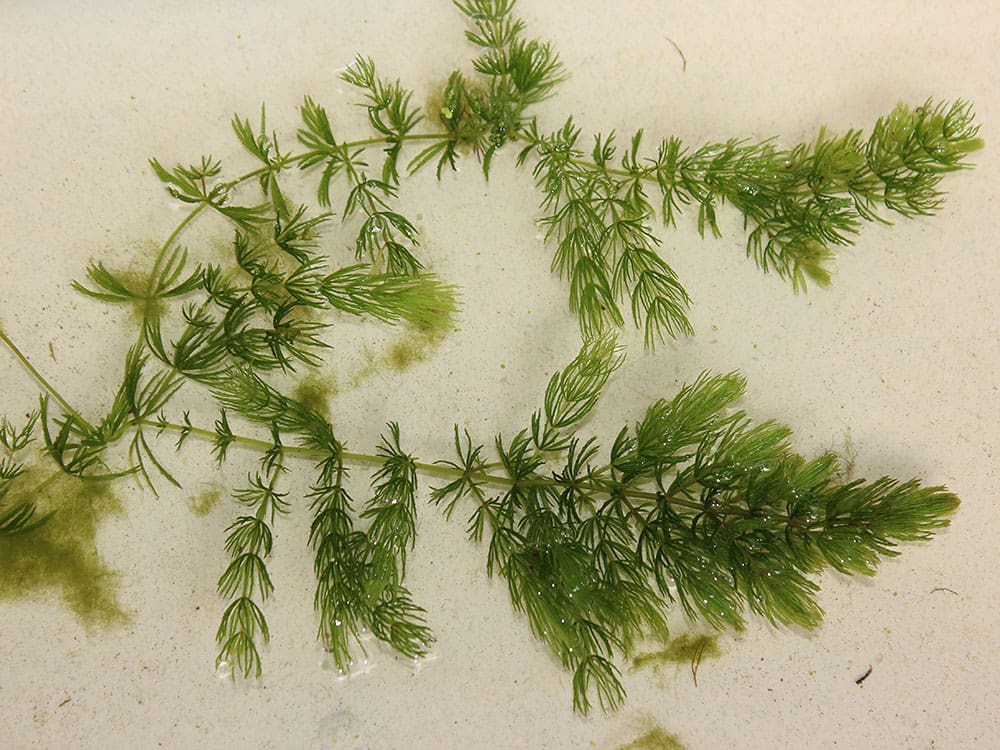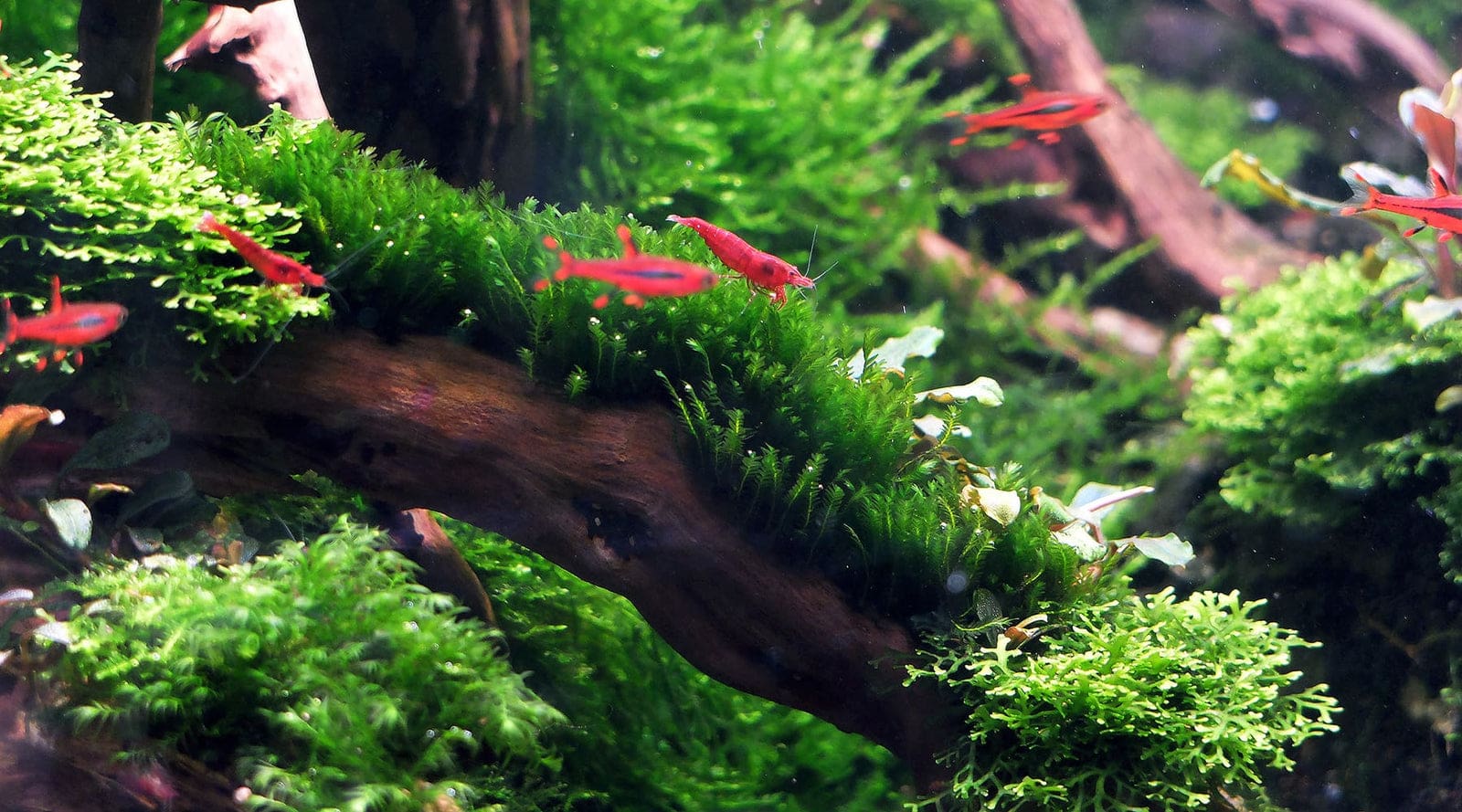You are about to immerse yourself in the intricate world of the aquatic plant commonly known as Water Moss. This fascinating exploration aims to elucidate the defining characteristics, unique adaptability, and vital role that this lesser-known yet integral plant plays in freshwater ecosystems across the globe. Through this educational journey, you will deepen your understanding, appreciating the pivotal place the Common Water Moss holds in both facilitating biodiversity and maintaining ecological balance.

Definition of Common Water Moss
The Common Water Moss is a type of aquatic plant that thrives in various types of water bodies. Belonging to the Bryophyte division of plants, these organisms possess distinctive qualities that set them apart from other species within their taxonomical group.
Scientific name and classification
Scientifically, the Common Water Moss is referred to as Fontinalis antipyretica. This moss belongs to the Fontinalis genus and the Fontinalaceae family, within the order Hypnales. This taxonomical classification considers several features, including the morphological and reproductive attributes of this moss species.
Features distinctive of the species
The Common Water Moss possesses unique features that distinguish it from other moss species. Its leaves are typically lance-shaped, often with serrated edges, and grow in spirally-arranged whorls. Moreover, their branchlets take on a drooping appearance, adding to their overall appeal. The sporophyte of this moss is semi-immersed to emergent, while its capsules are openly four-valved when matureding.
Habitats of Common Water Moss
This moss species can grow in various water conditions, exhibiting considerable adaptability and resilience. Its robust nature allows it to populate a variety of natural and artificial settings.
Freshwater habitats
The Common Water Moss is predominantly found in freshwater environments. It thrives in rivers, streams, ponds, lakes, as well as in slow-moving waters or stagnant ponds. They tend to attach themselves onto surfaces such as rocks, logs, and other submerged structures.
Saltwater habitats
While primarily a freshwater species, Common Water Moss can tolerate slightly brackish conditions. However, it is relatively rare to find these mosses in purely saline waters.
Natural versus man-made habitats
While naturally found in rivers and lakes, the Common Water Moss is also commonly seen in man-made water bodies. These include reservoirs, canals, ditches, and ornamental ponds. This moss’s ability to survive in diverse conditions makes it a suitable choice for such artificial settings.

Physical Characteristics of Common Water Moss
One of the captivating attributes of the Common Water Moss lies in its physical characteristics. These features not only make this moss eye-catching but also play a crucial role in its survival and reproduction.
Structure and size
Common Water Moss typically displays a branching structure, with shoots that are roughly cylindrical and rope-like. The leaves, packed closely on the stem, tend to give the plant an almost tubular appearance. The plant’s size can vary, with larger specimens reaching up to a metre or more in length.
Color and texture
The moss generally exhibits a dark green to brownish color, which can change further based on the available light and nutrient conditions. Its texture is relatively smooth, due to the compact nature of the leaf arrangement.
Growth patterns
Common Water Moss grows in a sprawling pattern, often forming extensive mats or cushions over the surfaces they colonize. This growth pattern allows the moss to effectively cover and utilize the substrate surface for nutrient uptake.
Life Cycle of Common Water Moss
Like other bryophytes, the Common Water Moss has a distinctive life cycle, comprising different stages of growth and a distinct reproductive process.
Stages of growth
The life cycle of the Common Water Moss commences with spore germination, which develops into a delicate, branched filament called the protonema. Eventually, small buds appear on the protonema, which then mature into the moss’s familiar, leafy form.
Life span
While the exact life span of the Common Water Moss can be hard to ascertain given their continually growing nature, it is known that the plant can persist for several years in its environment.
Reproductive process
Common Water Moss reproduces via spores, rather than seeds. These spores are released from the mature capsules when the moisture levels are favorable, allowing the spores to travel far and wide before settling and germinating on a suitable substrate.

Ecological Role of Common Water Moss
The Common Water Moss plays a significant role within its ecosystem, providing numerous ecological services, interacting with other species, and featuring in the food chain.
Ecosystem services provided
One of the most significant ecological services provided by the Common Water Moss is nutrient cycling. As a primary producer, it helps recycle and distribute nutrients within the water body. It also provides a habitat for a variety of aquatic organisms, including insects, snails, and small fish.
Interactions with other species
The moss frequently interacts with other aquatic organisms in its habitat. Besides serving as a food source for some creatures, it also provides cover and spawning grounds for various fish and amphibian species.
Role in food chain
In the aquatic food chain, the Common Water Moss is an integral part of the primary producer tier. It is consumed by a variety of macro- and micro-organisms, which in turn serve as food for larger predators.
Benefits and Uses of Common Water Moss
The benefits and uses of the Common Water Moss extend beyond ecological services – it also has medicinal uses, is regularly employed in aquariums and garden ponds, and plays a role in scientific research.
Medicinal uses
Historically, particularly in folk medicine, the Common Water Moss was believed to possess several medicinal properties. It was typically used for its reputed antipyretic properties, believed to help reduce fever.
Use in aquarium or garden ponds
Common Water Moss is a popular choice for aquariums and garden ponds due to its aesthetic appeal and easiness to cultivate. Its ability to provide shelter for small aquatic animals and its capacity for cleansing and oxygenating the water are definite advantages.
Role in scientific research
In scientific research, the Common Water Moss has been instrumental in studies related to water quality and pollution, owing to its sensitivity to certain pollutants.

Threats to Common Water Moss
Despite its adaptability, the Common Water Moss faces several threats. These include environmental factors, predation and disease, as well as the effects of climate change.
Environmental factors
Changes in environmental conditions can impact the growth and survival of the Common Water Moss. These include variations in water quality, such as changes in nutrient levels, pollution, or shifts in temperature and light conditions.
Predation and disease
Predation by certain species of insects, molluscs, and other invertebrates can impact the population of this moss. Diseases, while less common, can also affect the plant’s health and growth.
Effects of climate change
The ongoing dangers posed by climate change, like rising temperatures and changing precipitation patterns, could alter the habitats of the Common Water Moss, potentially threatening its survival.
Conservation of Common Water Moss
Given the ecological roles and benefits provided by the Common Water Moss, its conservation is critical. Efforts to preserve the species focus on determining its conservation status, promoting conservation initiatives, and encouraging public participation.
Conservation status
The conservation status of the Common Water Moss varies across geographical regions. However, in many areas, particularly those with widespread habitat modification or pollution, the species may be under threat.
Conservation initiatives
Conservation initiatives often revolve around habitat protection and restoration, pollution control, and raising public awareness about the importance of this moss in aquatic ecosystems.
Participation in conservation efforts
Everyone can play a part in conserving the Common Water Moss. Simple acts, such as not disturbing natural habitats, reducing pollution, or growing this moss in home aquariums or ponds, can go a long way in its conservation.

Cultivation of Common Water Moss
Cultivating the Common Water Moss requires understanding its growth requirements, its propagation method, and how it should be cared for.
Requirements for growth
Common Water Moss grows best in clean, well-oxygenated water, preferably with a neutral to slightly acidic pH. It requires a certain degree of light, although it can tolerate shady conditions.
Propagation methods
The moss propagates effectively through fragments. A small piece of the moss, when attached to a suitable substrate in the right conditions, can grow and expand to form a new plant.
Maintenance and care
Maintenance typically involves ensuring appropriate water quality and light conditions. Regular checks for pests or diseases can also help keep the plant healthy.
Frequently Asked Questions about Common Water Moss
Here, you will find responses to some of the most frequently asked questions about Common Water Moss.
How to identify this moss?
The Common Water Moss is identified by its dark green to brown color, its lance-shaped leaves arranged spirally on the stem, and the rope-like, branching structure of its shoots.
Can it grow on any surface?
This moss can attach itself and grow on a variety of surfaces, including rocks, logs, and other submerged structures.
Is it dangerous to other plants or animals?
No, the Common Water Moss is not harmful to other plants or animals. In fact, it provides valuable habitat and food for various aquatic organisms.